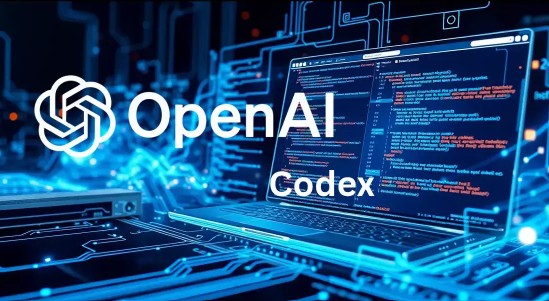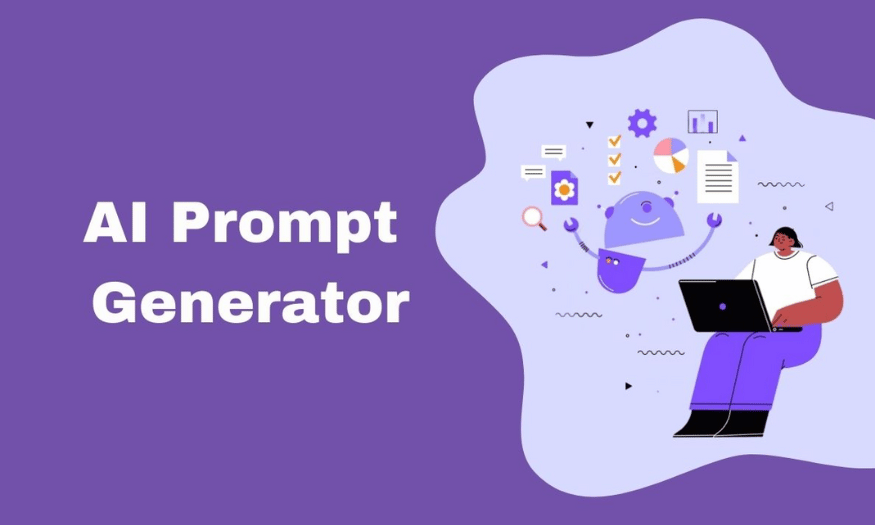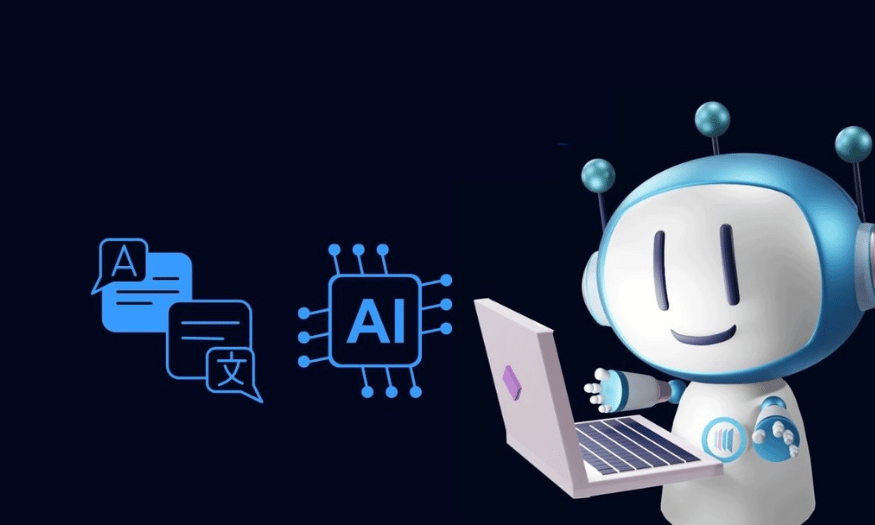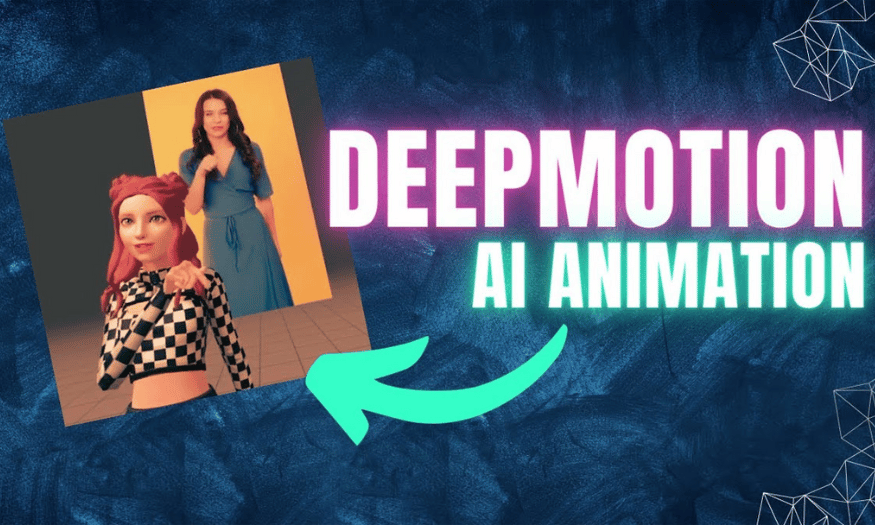Best Selling Products
How AI Is Changing User Behavior
Nội dung
In recent years, artificial intelligence (AI) is no longer a distant concept, it is really changing the way we search and receive information every day.
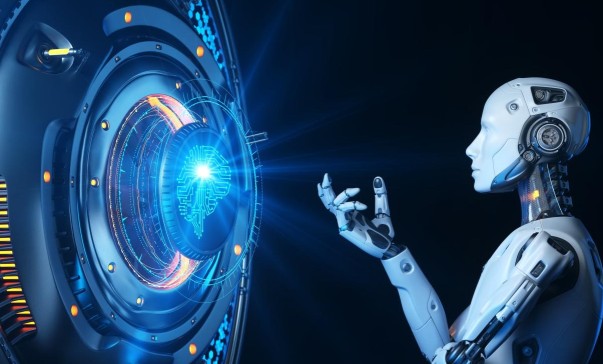
In recent years, artificial intelligence (AI) has moved beyond the role of experimental technology to become a powerful assistant in consumers’ daily behavior on the Internet. From searching for information, shopping to interacting with brands, AI is playing an increasingly important intermediary role, especially in the field of digital marketing and advertising.
As tech giants like Google, OpenAI, Perplexity , and Microsoft are investing heavily in increasingly proactive AI models, the advertising industry is also witnessing dramatic changes. These movements not only affect the way consumers access information, but also have the potential to completely change the shopping journey and reshape digital marketing strategies in the near future.
While generative AI is at the center of much discussion in the tech and marketing world, the reality is that there are still a number of businesses that have yet to truly adopt this technology into their operations. A Gartner survey of more than 400 marketing leaders found that 27% of Chief Marketing Officers (CMOs) admitted that their teams have barely integrated generative AI into their workflows.
However, according to Digiday, it is still too early to make a comprehensive assessment of AI's long-term impact on the marketing industry. The field of search and user behavior is changing so quickly that chasing unproven trends or predictions can put marketers in a passive or "unnecessary pressure" position.
1. AI is changing the way people access information on the Internet
In recent years, artificial intelligence (AI) is no longer a distant concept, it is really changing the way we search and receive information every day. If in the past, most people "typed Google" every time they needed to find an answer, now the trend is gradually shifting to more intelligent AI-integrated platforms.
A remarkable figure published by StatCounter shows that in April 2025, Google's global search market share had dropped to 89.65% - its lowest level since 2013. In the US, home to the world's most vibrant technology market, Google's market share was even lower, at 86.71%. Although Google still dominates, the rise of other platforms such as Bing (7.5%), Yahoo (2.86%) and DuckDuckGo (2.3%) is signaling a wave of subtle but strong change.
.png)
What is causing this change?
The answer is AI.
There’s no denying that traditional search still exists, but now more and more businesses and individual users are turning to AI-powered search engines – because they’re faster, smarter, and often provide more comprehensive, understandable answers. A prime example is Google AI Overviews, an AI feature that Google has integrated into its search system. According to Google’s most recent financial report, AI Overviews now has 1.5 billion monthly users, an impressive number for a feature that was just launched not long ago.
Not only the big guys, small startups in the field of AI search are also growing rapidly. For example, Perplexity, an AI-integrated search engine, has seen explosive growth: from just 2.5 million searches per month in January last year, to 20 million in December – a nearly 10-fold increase in less than a year.
As for ChatGPT, although it is famous as a content creation tool, it is now also gradually being used as an intelligent "search engine". According to a study conducted by Semrush in March 2025, ChatGPT is processing about 37.5 million search queries per day - clearly showing the trend of users looking for quick, clear answers instead of scrolling through dozens of links like the traditional search method.
2. New search habits are causing businesses to lose traditional advertising opportunities.
The way people search for information is changing rapidly, and this has implications for businesses, especially when it comes to reaching customers through traditional advertising. With the growing popularity of artificial intelligence (AI) and personalized virtual assistants, consumer search behavior is becoming more “closed,” leaving businesses with fewer opportunities to insert advertising into the purchasing decision journey.
.png)
In the past, when users typed keywords into Google or an e-commerce platform, they would see a series of ad samples appear – from information discovery, comparison to the closing stage. But now, with AI tools like ChatGPT, Copilot or Perplexity, users tend to ask questions directly and receive complete answers from a single source. That means: advertising no longer has as much "playing space" as before.
According to a recent report from eMarketer, AI assistants could significantly reduce user exposure to advertising:
· 38% are in the product discovery stage
· 47% are in the consideration stage
· and 30% at the purchase decision step
These numbers are a clear warning to marketers: if they rely solely on paid advertising as before, their brands will most likely become “invisible” to consumers. Instead, many businesses are shifting gears – they are starting to focus more on optimizing content to make it easier for AI to understand, recall, and recommend. At the same time, they are also improving the quality of product data and looking to integrate their brands into popular AI assistants.
However, even if a brand appears in an AI recommendation, that doesn’t mean it will be “selected.” eMarketer also warns that AI will act as a “middleman” that helps consumers become aware of a product, but won’t intervene as much at the consideration and purchase stages. In this scenario, brand awareness may remain the same, but the likelihood of converting a viewer into a buyer will drop significantly.
.png)
Not one to be left out, Microsoft is experimenting with new approaches to “reclaiming” advertising in the AI era. In March, the company launched AI-powered ad formats on its Copilot platform, hoping to redefine digital advertising in a more intelligent and personalized way. The pioneering brands participating in this experiment come from a variety of sectors such as retail, travel, gaming, financial services, and even the automotive industry.
Obviously, in the context of rapidly changing user habits, the more flexible a business is and the better it understands the role of AI, the more likely it is to maintain its position and find a "shortcut" to reach customers more effectively.
3. Users increasingly trust AI
While many advertisers are still cautious about letting AI control their advertising budgets, some “big guys” like Visa and Mastercard are already a step ahead. They are testing technologies that allow AI to automatically make transactions on behalf of users – such as Visa’s “Intelligent Commerce” system or Mastercard’s “Agent Pay”. Not only that, ChatGPT and Shopify have also collaborated to launch a feature that allows users to shop right in the chat with AI, opening up a whole new form of experience.
It’s clear that consumers are increasingly relying on AI to research, compare, and make purchasing decisions. This shift is making traditional advertising methods less relevant and forcing brands to adapt quickly. From optimizing content for AI to easily “read” it, to connecting product data to intelligent search platforms, everything is becoming a top priority.
.png)
Of course, this transition still has many challenges: will users really trust AI enough to make purchases through it? Or how to effectively control advertising costs in this new environment, where AI is the “gatekeeper” of information?
However, one thing is clear: AI is becoming a powerful new intermediary in the consumer journey. And in the race to capture customers’ attention, the brand that can grasp and transform early will have a better chance of breaking through in the digital age.
It can be seen that artificial intelligence is creating a quiet but profound revolution in the way users search, shop and access information. As the role of virtual assistants grows, traditional advertising is gradually losing its "golden position" in the consumer journey. Instead, AI is becoming the new "gatekeeper" that acts as an intermediary to lead users to the products or brands they need.
In this context, businesses do not have much time to hesitate. Slow adaptation not only means falling behind in technology, but also losing the opportunity to reach customers effectively in the digital age. Optimizing content for AI, integrating data into smart platforms, and creating experiences that match new consumer behaviors are strategic steps that help brands maintain their position and go further.
AI is no longer a distant future, it is here and is reshaping the rules of the marketing industry every day. And only those who proactively change and adapt in time can become leaders in this fierce race.









































